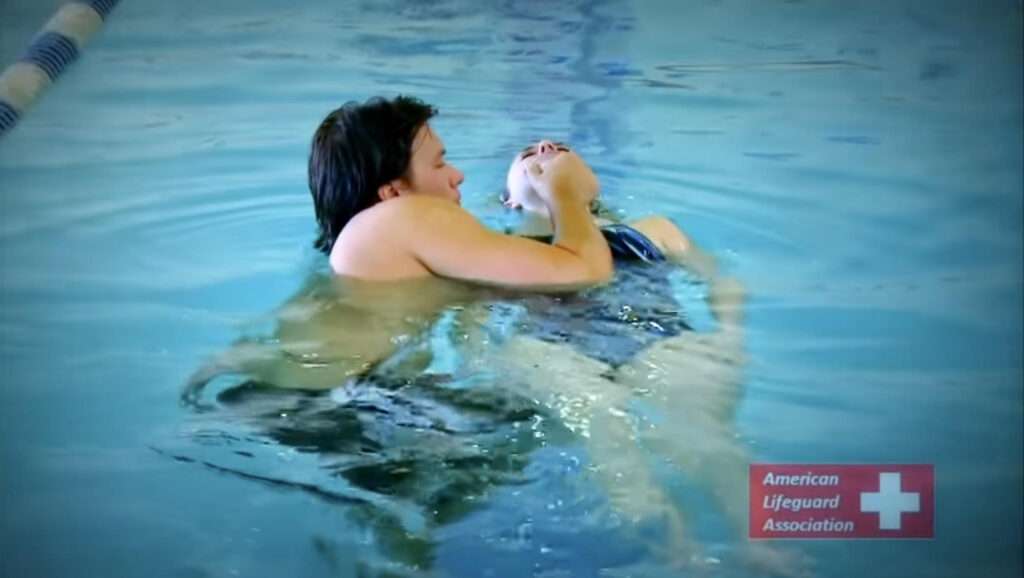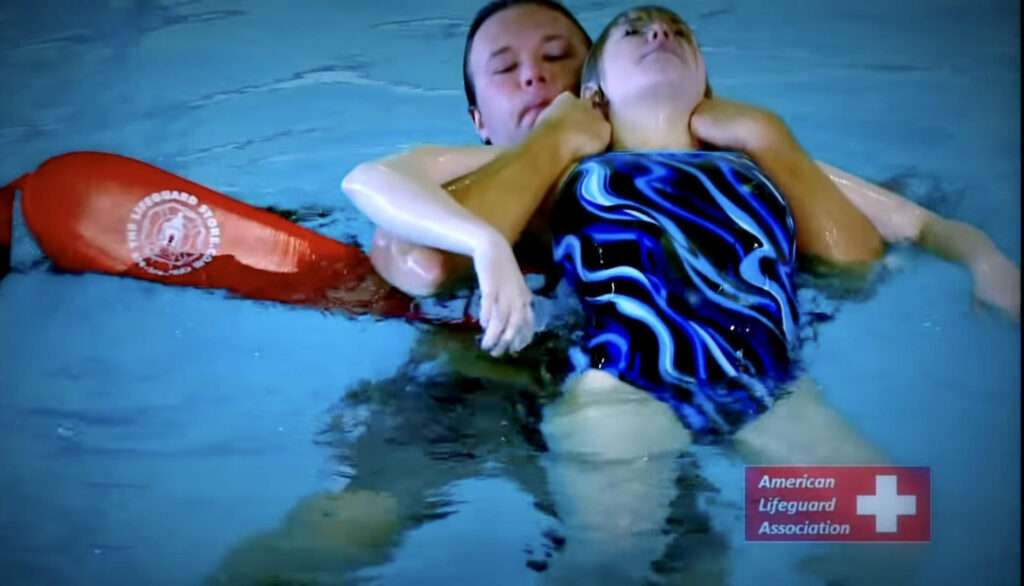Professional athletes, weekend warriors, and desk jockeys alike experience sports injuries or soft tissue damage. While the pros are more likely to experience an injury on the football field or basketball court, strains, sprains, and joint stress can happen to any of us.
Cold therapy, also known as cryotherapy, is a simple, effective, and time-tested way to reduce the swelling and ease the pain of soft tissue injuries. This post explores cryotherapy’s effectiveness in relieving pain and its practical applications, limitations, and guidelines for optimal use.
How and Why Cold Therapy Works in Pain Management
It is believed that the spinal cord can transmit just so many messages of pain or stimulation simultaneously; it’s as if there were a sort of “gate” regulating the flow of information. Scientists believe that applying ice closes the gate, preventing the transmission of pain signals while the cold sensation remains.
Cold is also a recognized “counterirritant.” Applying ice to an injury introduces a new sensation that distracts the mind and body from the pain. The icy counterirritant delivers immediate, though temporary, relief.
In addition, by reducing the temperature of the skin and the underlying tissues, nerve impulses are slowed, and swelling is decreased, relieving pain.
Cold Therapy in Practice
The successful use of cold therapy for sports injuries requires:
- Understanding how and when to apply it
- Recognizing its limitations
- Integrating it with other treatments
When and How To Use Cold Therapy
Cold therapy is most effective within the first 48 hours after an injury. Apply it as soon as possible for 15 to 20 minutes at a time, repeated every two to three hours. Use an ice pack, frozen gel pack, or even a bag of frozen peas. Wrap the cold pack in fabric to protect your skin from damage due to the intense cold. Elevating the injured area above the level of your heart while icing provides an assist from gravity to reduce the swelling.
Cold therapy provides short-term pain relief of acute pain immediately following an injury. After the first 48 to 72 hours, reevaluate your symptoms. Once the swelling abates, you’ll want to switch to applying heat to the injury. Heat increases the blood flow and aids your body’s healing process. If swelling and pain persist, consult your health care provider.
Limitations of Cold Therapy
While cold therapy is highly effective in reducing pain and swelling during the acute phase of an injury, it’s important to recognize its limitations. Its efficacy diminishes after the first few days, and it does not address the underlying cause of the pain or promote tissue repair. Prolonged use of cold therapy may even hinder the natural healing processes by restricting blood flow essential for tissue repair.
Integrating Cold Therapy With Other Treatments
For optimal recovery, cold therapy is a vital part of a broader treatment plan. In the initial days, this includes rest, compression, and keeping the injured area elevated to further reduce the swelling. Once the acute phase has passed and you can fully analyze the injury, you can plan your next steps. These may include regenerative medicine and rehabilitation exercises prescribed by a healthcare professional to regain strength, mobility, and function.
Precautions and Contraindications for Cold Therapy Use
While cold therapy is a valuable tool for managing sports injuries, it’s crucial to recognize its limitations and contraindications. It is not suitable for all injuries or medical conditions.
Contraindications for the Use of Cold Therapy
Individuals with circulatory disorders such as Raynaud’s disease, those with vascular disease, or anyone with a sensory disorder that prevents them from feeling the cold should not use cryotherapy. Further, cold therapy is not recommended for injuries where there is already reduced circulation. People with cardiovascular conditions like hypertension should use cold therapy with caution. And those who suffer from arthritis or have skin conditions that would be exacerbated by the cold should avoid it.
Understanding the Limits of Cold Therapy
While it can deliver wonderful relief in the short term, cold therapy is no substitute for professional medical advice or treatment for serious injuries. Persistent or worsening symptoms after cryotherapy indicate the need for a professional assessment. Timely medical consultation is critical, especially for injuries that do not respond to basic first-aid treatments.
Cold Therapy and Injury Management
It’s clear that cold therapy is an essential remedy after a sports injury; its effectiveness in reducing pain and swelling in the acute phase is undeniable. However, it’s important to remember that cryotherapy is just the starting point of injury management. Using it judiciously during the initial 48 to 72 hours post-injury and incorporating a comprehensive treatment plan is key. Always listen to your body and seek professional guidance to ensure a safe and swift recovery.


